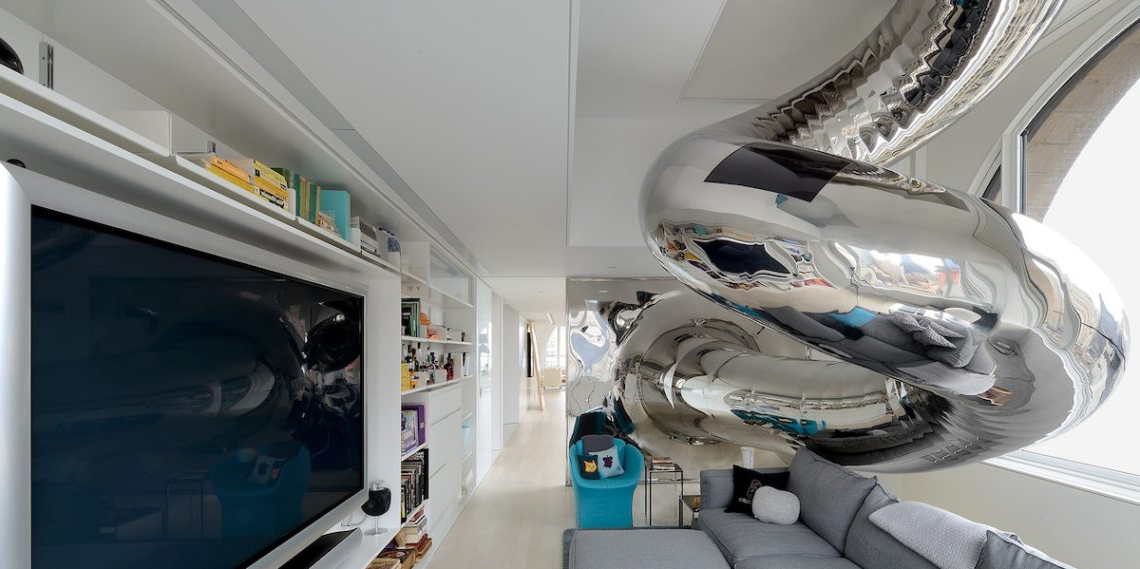Wandering Walls – On an ocean front mountain top, between tall grasses and acacia forests, walls meander in and out of the wild and wind swept landscape to create an 8 room retreat. Rugged, curvaceous concrete walls define the boundaries between architecture and landscape, wandering inside and outside to create public and private spaces. The retreat is thus named Wandering Walls, a building where the walls truly wander throughout.
Architizer chatted with Grace Cheung AIA, Principal Architect at XRANGE Architects to learn more about this project.
Architizer: Please summarize the project brief and creative vision behind your project.
Grace Cheung: The design brief asked for an 8 room retreat that would preserve the natural essence of the remote ocean facing site, on which strong winter winds, salt laden air, inaccessibility, shortage of materials and skilled workers plus a shoestring budget posed significant limits. Within these constraints, our design vision is to create a sense of quietude and permanence with a single architectural element and a minimal palette of materials that would weather well in the fierce environment; defining the entire architecture with just curves walls that are both structure and form, inside and outside, exterior and interior all at once.

© XRANGE Architects
What inspired the initial concept for your design?
The fields of acanthus grass and acacia forests native to the mountain top rustling in the strong winter winds is a unique site experience we wanted to heightened through the architecture. Driven by the aforementioned project and site limitations, we set out with a single architectural element- load bearing concrete walls- that hugs the edge of an aged crop of acacia trees (an essential wind shelter that also defines the entry experience) to gently open towards the grassland and the ocean beyond. The walls are laid out according to views and optimal placements of wind barriers; meandering in and out of the floor plates independently from each other like ribbons. At key moments, the walls cantilever dramatically to create “flying” or suspended courtyards where views of sky, ocean and forests are revealed. This design concept eventually became the retreat’s name, the “Wandering Walls”.
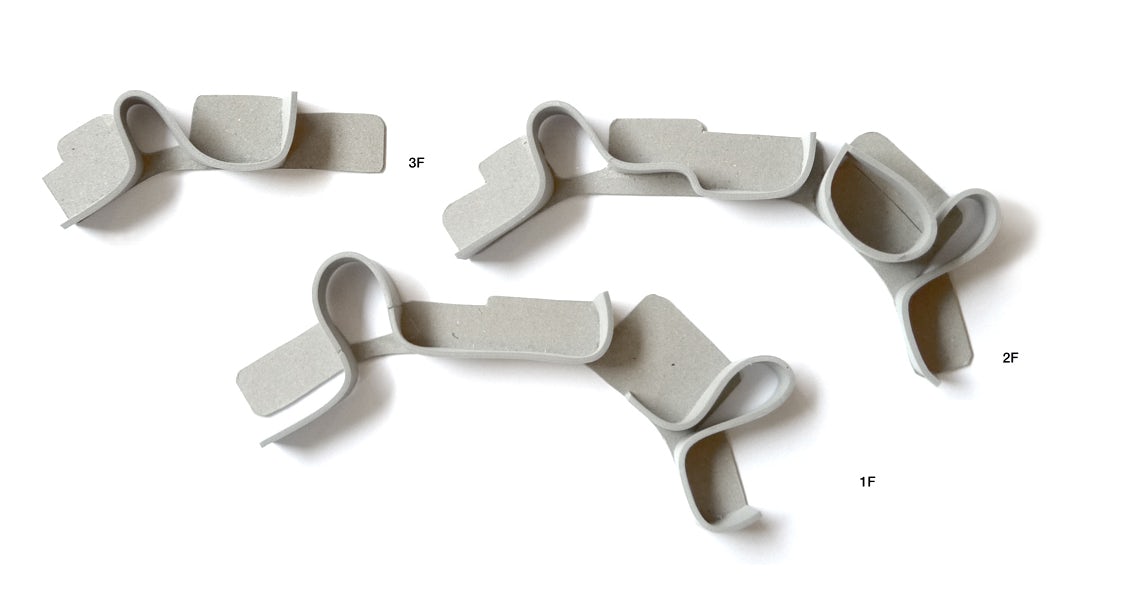
© XRANGE Architects
What do you believe is the most unique or ‘standout’ component of the project?
At the stair wells, curve walls hover over each other to reveal the horizon at the juncture of the sky, forest and ocean. Here, the load bearing walls fly or project 4.5m off the 2F and 3F floor plates to form a vertical suspended enclosure, an echo chamber of sorts where the sound of rustling acacia is amplified. On the ground floor, the walls cantilever and hover over red earth to form courtyards. The walls, stained by red earth, become a tactile landscape expression. On the windward side, the roughen cast textures of the walls has also been gradually smoothen out due to their constant stripping by seasonal winds. We love how the wandering walls really became the soul of the architecture, registering environmental marks in a unique and poetic way. Despite the anti-gravity gestures of the walls, they actually bring everything back to earth, grounding the architecture.
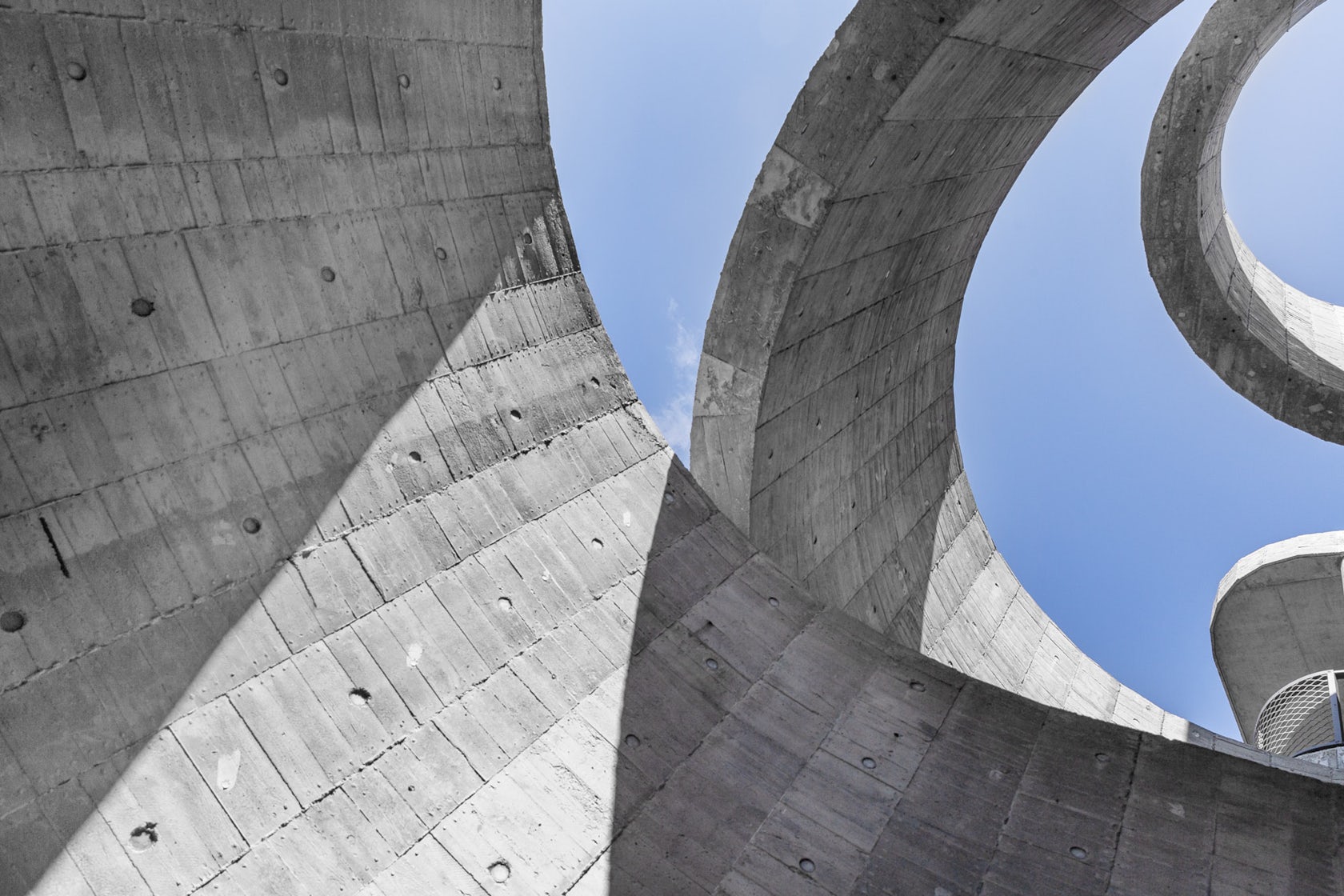
© XRANGE Architects

© XRANGE Architects
What was the greatest design challenge you faced during the project, and how did you navigate it?
Communicating the design and construction to the local workers was the toughest challenge. Working largely from hands on experience, local workers are reluctant to deviate from what’s customarily done. Furthermore they tend to eschew drawings for on site resolutions. Construction was therefore a more or less organic process depending on what and who was available at the time. The owner had to do a lot of persuasions so that work would be done as close to our intended design as possible. We had expected this from the start of the project, and resolved to work the local “roughness” into the spirit and expression of the architecture from day one, letting go of tight controls to go with the local flow. We even printed a color coded 3d model to put on site indicating areas of construction details to observe, a kind of construction systems instruction to the owners and workers.

© XRANGE Architects
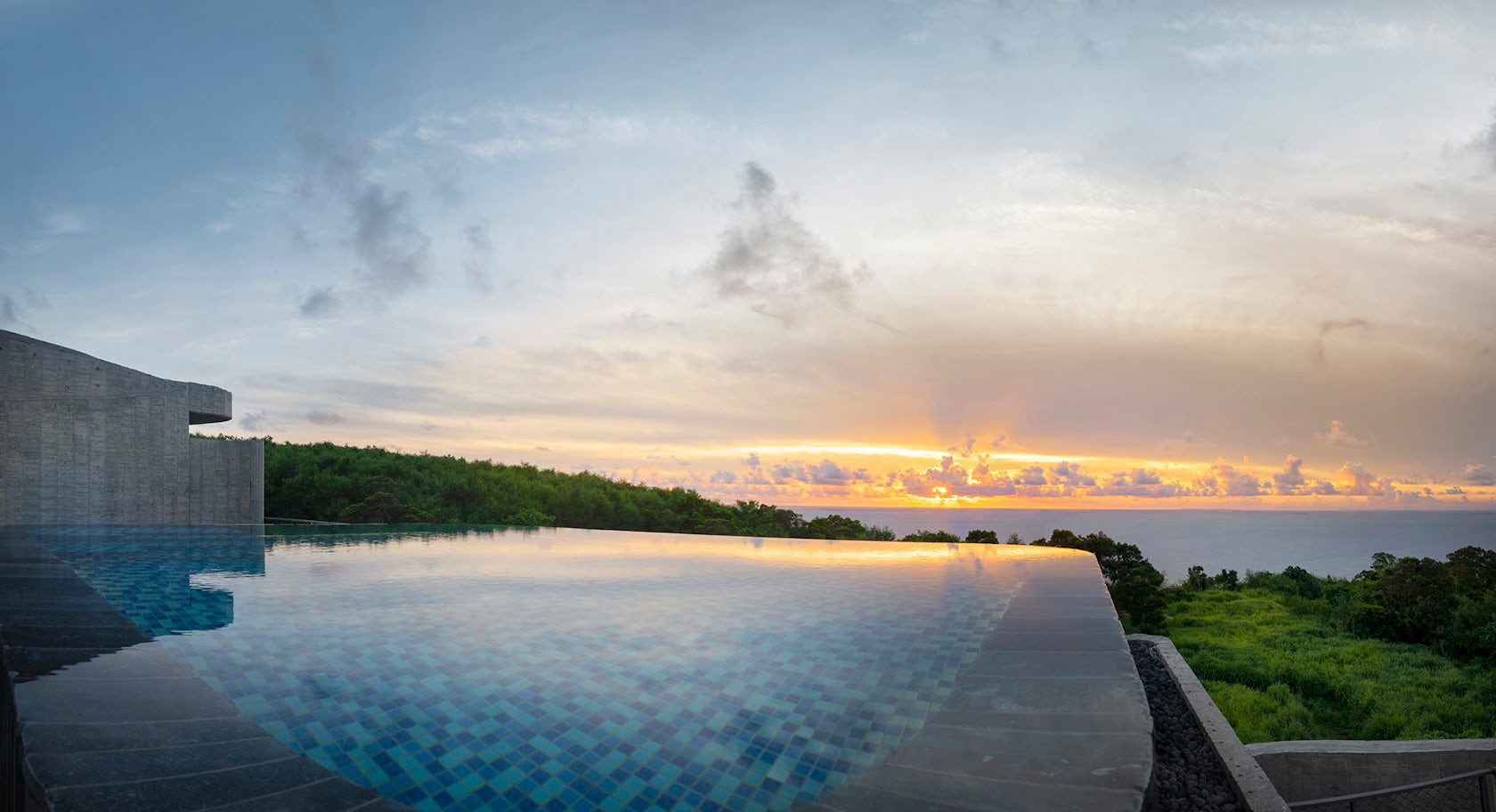
© XRANGE Architects
What is your favorite detail in the project and why?
The stair’s concrete block railing really represented the unpredictability on site and our adapting to it on the fly. The original railing design was made in metal mesh, but as the client failed to find workers even after seeking over 20 bids, we had to first find materials available immediately and then redesign the railings to fit into what had already been constructed. This resulted in the unique “staggered and gapped” masonry block design and the bespoke cross-shape stainless steel connectors we created for lateral stability, truly a one-of-a-kind opportunity for us. The “lo-res” curve of the walls is also another instant where site forces made its stamp on the building. Ultimately it was the laid-bare, honest expression of local conditions, and not the exacting smoothness of the walls that evoke strong emotions from the hundreds of guests who’ve stayed.

© XRANGE Architects
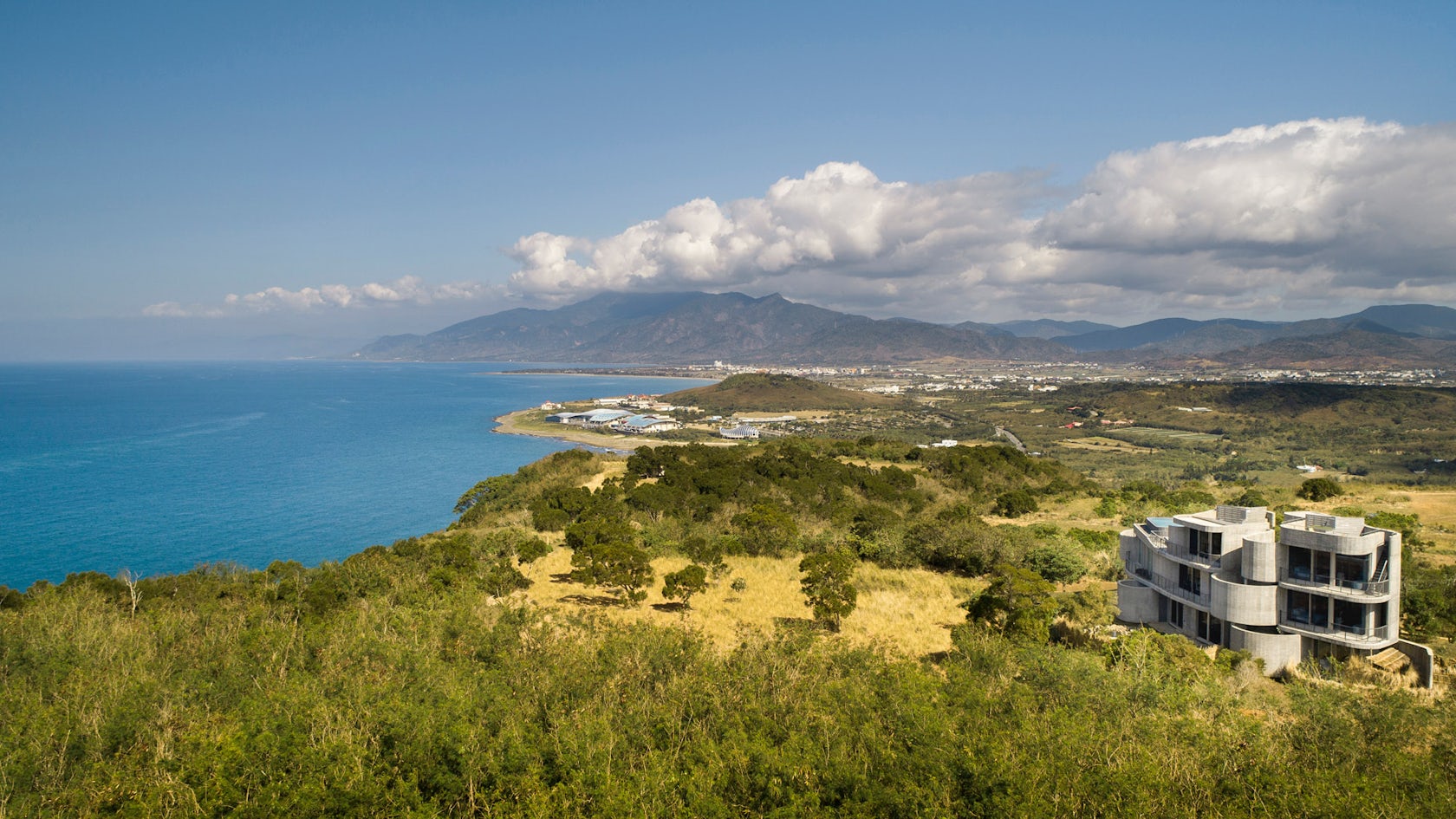
© XRANGE Architects
Credits / Team Members
Grace Cheung, Royce Hong, Emily Lin, Peihsuan Hsu, Jason Chen, Norince Lee, HaoChun Hung, Joey Hsieh, Yourue Wang, Miriam Park, Sonia Pan, Beatrice Cordella, Edgar Navarrete.
Consultants: Structural Engineers : Top Technic Engineering Consultants Co., Ltd., Lighting Design : Unolai Lighting Design & Associates, Photography: Kuo-Min Lee, Lorenzo Pierucci Studio
For more on Wandering Walls, please visit the in-depth project page on Architizer.




























 Wandering Walls
Wandering Walls 
